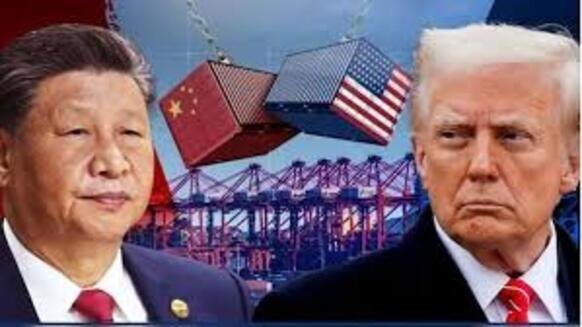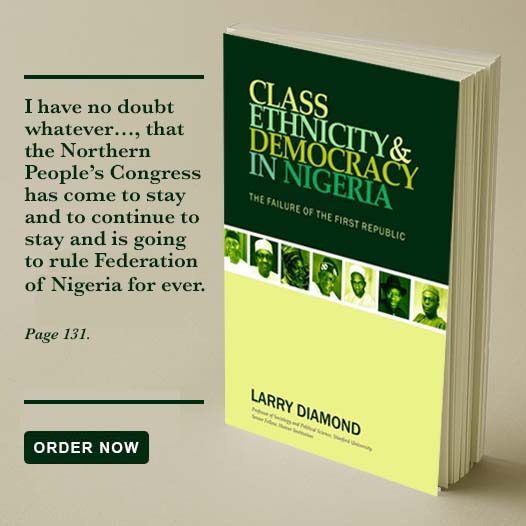China just announced an 84% tariff on US goods, effective April 10, in response to the US imposing a 104% tariff on Chinese imports the same day, bringing its total tariff rate to a jaw-dropping 118%. This move came just seven hours after the U.S. imposed a 50% tariff on Chinese imports at 12:01 AM ET, a policy that had already heightened tensions between the world’s two largest economies. The rapid escalation described as the “World War 3 of trade wars,” has sent shockwaves through global markets and raised fears of a severe disruption to international trade.
A Rapid Tit-for-Tat Escalation
China’s latest tariff announcement builds on its earlier 34% retaliatory levy, which was introduced on April 4, 2025, in response to U.S. tariffs that had already brought the total American rate on Chinese goods to 54%. The U.S. tariffs, enacted under the Trump administration, were part of a broader protectionist strategy aimed at addressing trade imbalances and pressuring China to change its economic practices. However, China’s swift countermeasure—adding 84% to its existing tariffs—has dramatically intensified the conflict, with the combined 118% rate signaling Beijing’s unwillingness to back down.
The Trump administration, known for its hardline stance on trade, has vowed to retaliate against all tariff increases imposed on the U.S. The U.S. is expected to announce another round of tariff hikes on Chinese imports in the coming days. This pledge aligns with earlier statements from Trump, who, on April 8, 2025, threatened an additional 50% tariff on Chinese goods if Beijing did not retract its 34% levy, as reported by NPR. With both nations locked in a cycle of retaliation, the prospect of tariffs climbing even higher looms large, potentially reaching unprecedented levels.
Lessons from History and Economic Uncertainty
This escalating trade war bears striking similarities to the Smoot-Hawley Tariff Act of 1930, a historical misstep that exacerbated the Great Depression. According to a CNBC article from February 2025, the Smoot-Hawley tariffs led to a collapse in global trade, reducing it by 3-5% of world GDP, as nations formed exclusionary trade blocs and retaliated against U.S. policies. The result was a deepening of the economic downturn, with U.S. imports from protesting nations dropping by 15% to 23%. Economists fear that the current U.S.-China trade conflict could follow a similar trajectory, with devastating consequences for the global economy.
The mutual U.S.-China tariffs are set to impact a trade relationship worth $582.4 billion in goods in 2024, as noted by CNBC. This massive volume of trade underscores the stakes involved, as disruptions could ripple across industries, from technology and manufacturing to agriculture and consumer goods. The Tax Foundation’s analysis from April 7, 2025, highlights the economic toll of such policies, estimating that Trump’s earlier tariffs have already cost the U.S. economy $80 billion, with retaliatory tariffs targeting $6 billion in American goods. On a dynamic basis, the foundation projects that the latest proposed tariffs could reduce U.S. long-run economic output by 1.3%, even before accounting for further foreign retaliation.
Global Trade Under Threat
The impact of this trade war extends far beyond the U.S. and China, threatening the stability of global trade networks. As tariffs climb, the cost of goods will rise, fueling inflation and squeezing consumers worldwide. U.S. stock futures fell to session lows following China’s tariff announcement, reflecting market fears of inflationary pressures, recessionary risks, and stunted global economic growth, as reported by CNBC. Meanwhile, China’s yuan devaluation, is pushing investors toward hard assets like Bitcoin, which dropped to $82,500 amid the volatility.
Other nations are also feeling the heat. While countries like Taiwan and Hong Kong have so far avoided retaliatory tariffs, opting for negotiations with the U.S., the European Union has voiced readiness to respond if necessary, according to CNBC. The risk of a broader trade conflict looms, as nations may be forced to choose sides or form new trade alliances, further fragmenting the global economy. The “intricate choreographed dance” of global trade, as described by Scott Lincicome of the CATO Institute in a CNBC article, is at risk of devolving into chaos.

